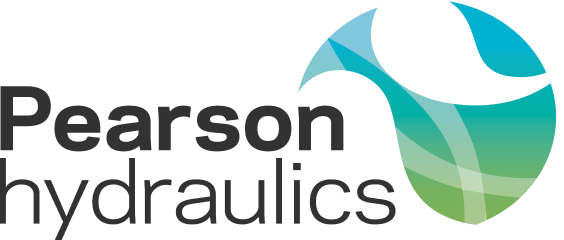Underground Metro Transport Expansion
The project was on a European Metro Transport Network. In some parts of the world electrified rapid transit systems are referred to as metro rails, subways and undergrounds.
In the UK we have the London underground (the tube), Tyne and Wear Metro, Merseyrail or the Glasgow subway.
Setting the scene:
The customer was expanding their European Transport Network and expanding their existing metro lines. We were contracted to design and manufacture the necessary hydraulic power system which was designed to the customer and application specific requirements for a hydraulic conveyor belt tensioning system for some heavy-duty mining equipment used in the transport system expansion. When handling huge loads, hydraulic tensioning systems are frequently used for heavy-duty conveyors. The conveyor required automated control which allowing precision and customisable tension management.
There were some challenges such as restricted space, changes in working conditions and the hydraulic solution needed to be versatile so that it could be connected to different integrated control systems to achieve all kinds of automatic control processes.
Solution:
A Hydraulic system was designed, manufactured and supplied. The hydraulic power unit was WEG 3kW, 415v, 3ph, 50hz electric motor with an IP54 rating in accordance with IEC standards. Additionally, there was: an electric motor, external gear pump, 100 litre reservoir, pilot relief valve, temperature switch, oil level switch, oil level sight glass, oil pressure filter, air breather and oil tank drain down valve. We supplied two 20 litre accumulators, mounted into a frame. And tensioning cylinders: ∅100x60x1500mm, double acting, non-cushioned, front trunnion mounted and rated for a 210 Bar working pressure.
Our technical engineers designed and built the hydraulic system using hydraulic cylinders and accumulators to apply and regulate the conveyor belts tension. We used nitrogen-filled bladder accumulators and two pressure switches. One with a high pressure setpoint and one with a reduced pressure setpoint. This produces a switch off/switch on hysteresis or differential. When the accumulator and hydraulic system are charged the pressure reaches the pressure switch high setpoint and the hydraulic power unit will switch off or recirculate (idle). The bladder accumulator will compensate for leakage losses and maintain the pressure and belt tension. When the static pressure falls to the minimum acceptable level, determined by the pressure switch with the lower value setpoint, the hydraulic system is restarted to re-establish the pressure and belt tension. The accumulator compensates for internal leakage and maintains the pressure in the cylinder and, therefore, tension on the conveyor belt, whilst the power unit is switched off or recirculating (idling).
